Poverty remains one of the most pressing challenges in the world today. Millions of people globally lack access to basic necessities of life such as food, education, and healthcare. According to the World Bank, approximately 692 million people live below the poverty line in 2024 at $2.15 a day. Sub-Saharan Africa has the highest number of people living in poverty, followed by South Asia. The Middle East and North Africa region has the third highest number of people living below the poverty line.
Change in Global Poverty Over The Past 15 Years
The table below presents the population living below the poverty line, defined as $2.15 per day, from 2010 to 2024.
| Year | Population living in poverty (million) |
|---|---|
| 2010 | 1092.74 |
| 2011 | 980.37 |
| 2012 | 923.16 |
| 2013 | 832.97 |
| 2014 | 804.98 |
| 2015 | 778.44 |
| 2016 | 764.76 |
| 2017 | 708.48 |
| 2018 | 667.11 |
| 2019 | 683.63 |
| 2020 | 757.11 |
| 2021 | 745.67 |
| 2022 | 712.79 |
| 2023 | 705.07 |
| 2024 | 692 |
The data is sourced from the World Bank Poverty and Inequality Platform
Decline in Global Poverty (2010–2018)
Between 2010 and 2018, the world saw a significant decline in the number of people living in poverty. In 2010, about 1.09 billion people lived in poverty. By 2018, that number had dropped to 667 million. This reduction in poverty can be attributed to a combination of factors, including economic growth in many developing countries, advancements in technology, and international initiatives to eradicate poverty.
For instance, the years from 2010 to 2015 were marked by global initiatives such as the Millennium Development Goals (MDGs), which focused on eradicating extreme poverty and hunger globally. As per the goals set by these initiatives, countries invested heavily in infrastructure to improve access to education and basic healthcare. As a result, the population living in poverty decreased significantly during this period.
Additionally, from 2016 to 2018, the downward trend in poverty continued, with the number of people living in poverty decreasing to 667 million. The adoption of the Sustainable Development Goals (SDGs) in 2015 by the United Nations played a key role in this progress. These goals have significantly contributed to improving living conditions and reducing poverty across many regions in the world.
Top 10 Poorest Countries in The World 2025
Status of Global Poverty (2019–2024)
However, progress to eradicate poverty began to slow after 2018. By 2019, poverty numbers slightly increased to 683 million. Then, the COVID-19 pandemic in 2020 became a turning point, which accelerated the poverty rates globally. This period saw disruptions in the global economy, with lockdowns, job losses, and strained healthcare systems pushing millions of people back into poverty. Therefore, the population living in poverty rose to 757 million in 2020 due to the COVID-19 impacts. It reversed much of the progress achieved over the previous decade.
The situation improved gradually in the following years, with poverty numbers dropping to 745 million in 2021. By 2022, the number of people living in poverty was estimated at 713 million. In 2023, this number slightly dropped to 705 million, and by 2024, it further decreased to 692 million.
Poverty Distributed Across Various Regions Worldwide
The following table illustrates the distribution of poverty across various regions of the world.
| Region | Poverty (Millions) 2024 |
|---|---|
| Other High Income | 7.17 |
| Europe and Central Asia | 2.25 |
| Middle East and North Africa | 29.77 |
| Latin America and the Caribbean | 22.07 |
| Sub-Saharan Africa | 464.18 |
| South Asia | 148.68 |
| East Asia and Pacific | 17.65 |
The distribution of poverty varies across different regions. According to the World Bank, Sub-Saharan Africa is the poorest region in the world, with a staggering 464.18 million people living in poverty. South Asia follows as the second most poverty-ridden region worldwide, with 148.68 million people living in poverty. These numbers indicate that poverty remains heavily concentrated in developing countries globally, particularly in Africa and South Asia. In these regions rapid population growth, income disparities and limited access to resources contribute to the high poverty rates.
In contrast, Europe and Central Asia have the lowest poverty levels, with just 2.25 million people living in poverty. Additionally, Latin America and the Caribbean, the Middle East and North Africa, and East Asia and the Pacific have moderate poverty levels, ranging from 17.65 million to 29.77 million.
Conclusion
Global poverty has experienced both progress and setbacks between 2010 and 2024. The COVID-19 pandemic was the significant turning point that increased poverty worldwide in 2020. However, poverty levels began to decline in the years that followed. Additionally, Sub-Saharan Africa has the highest number of people living in poverty globally, at approximately 464.18 million. On the other hand, Europe and Central Asia have the lowest number of poor people, at 2.25 million.

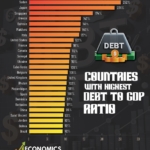
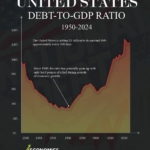
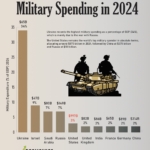

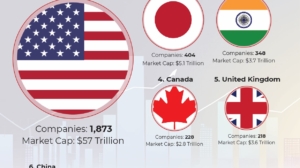
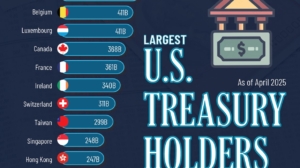
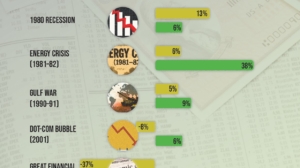

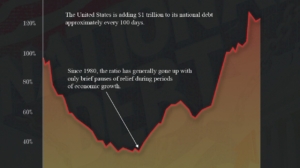

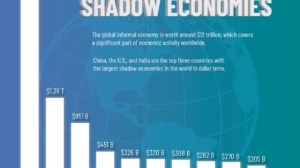
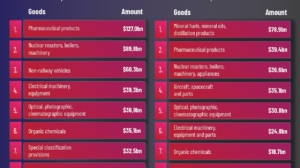
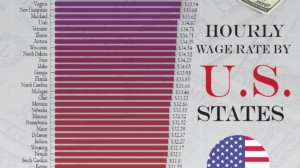
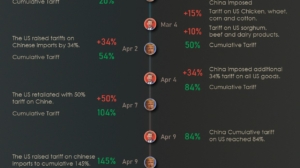
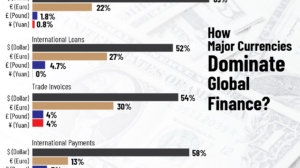
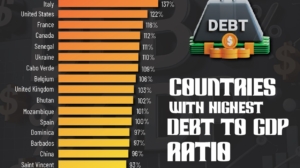
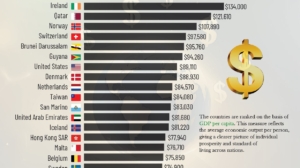
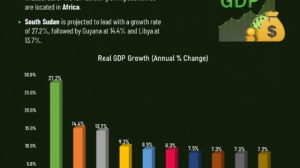
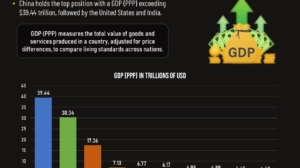
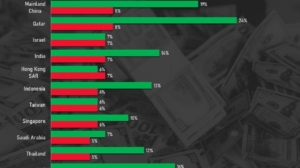
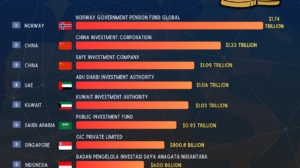
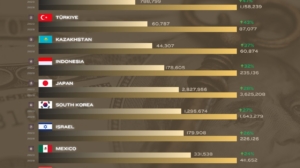
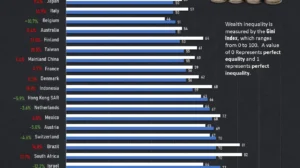
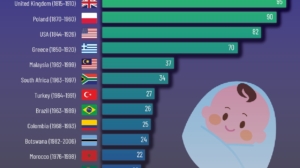
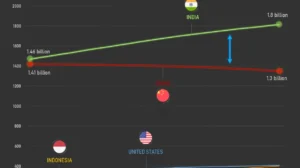
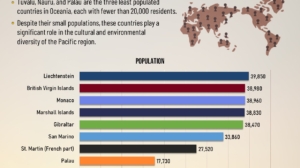
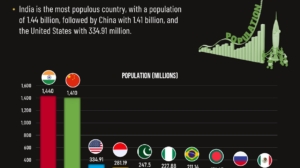
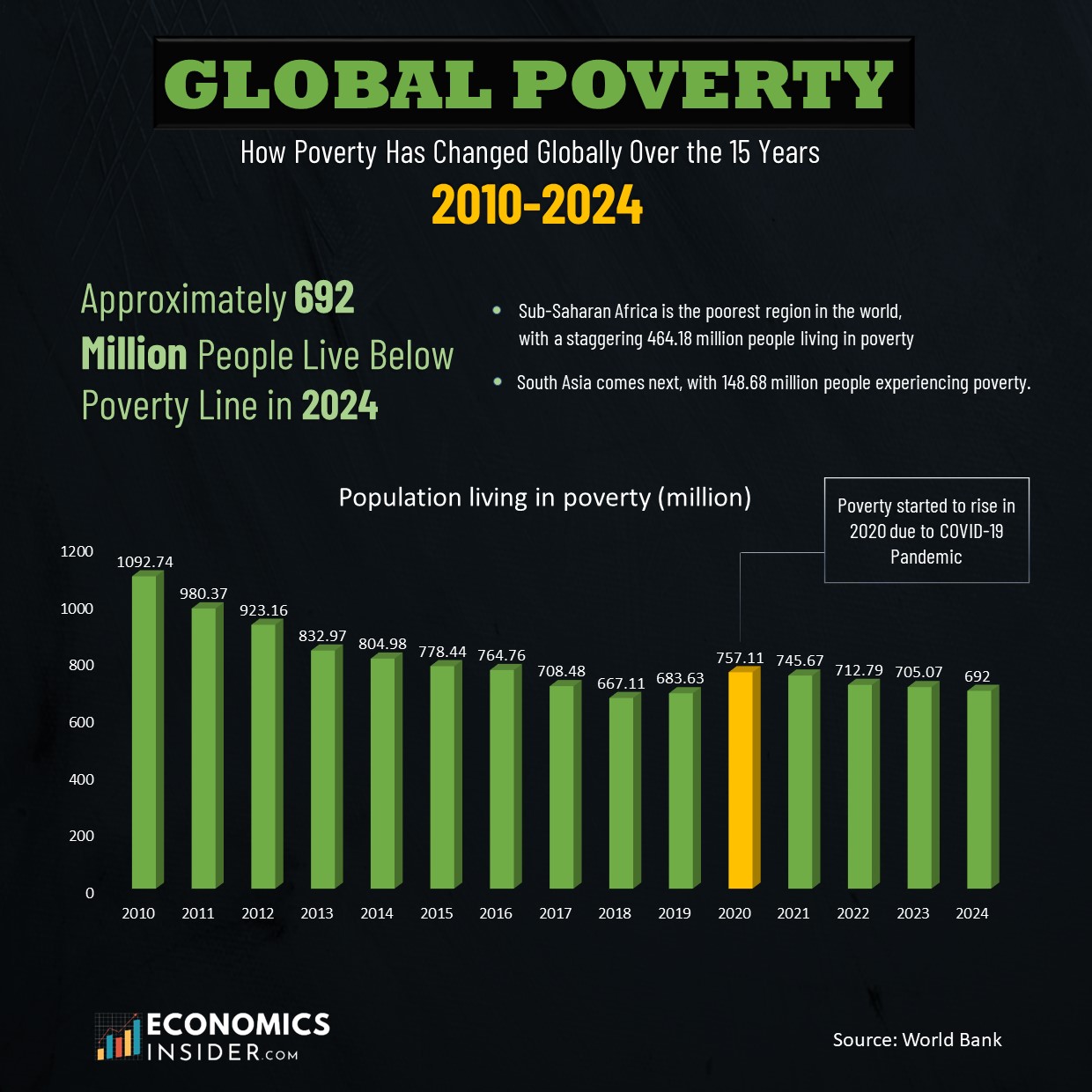
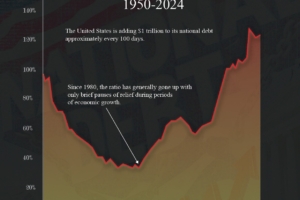
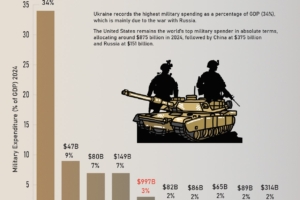
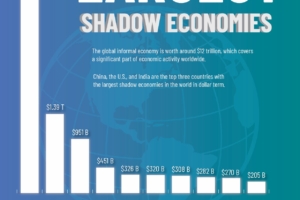








Add Comment